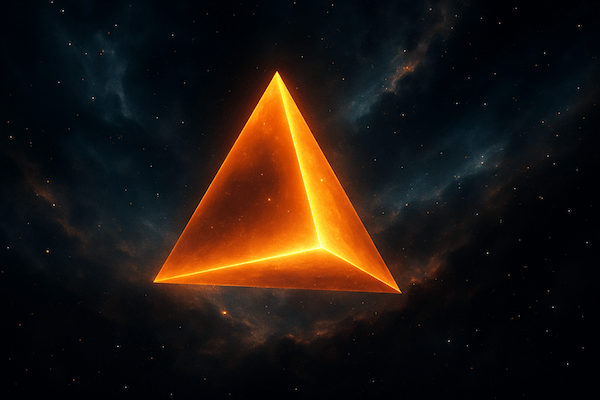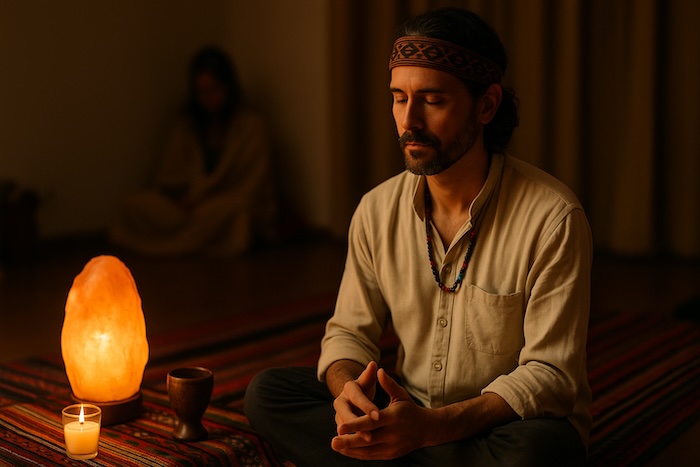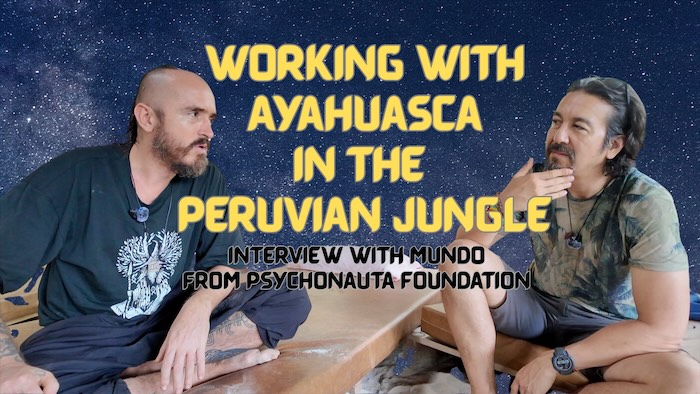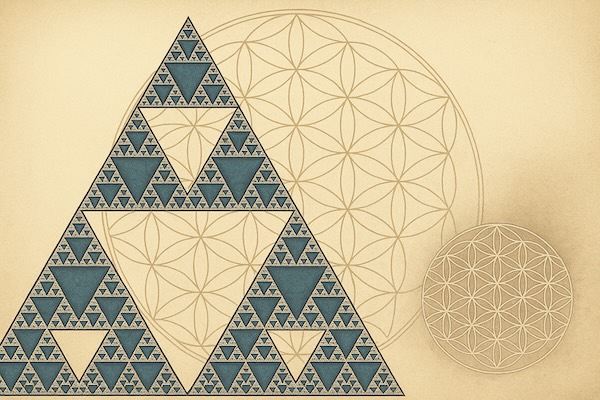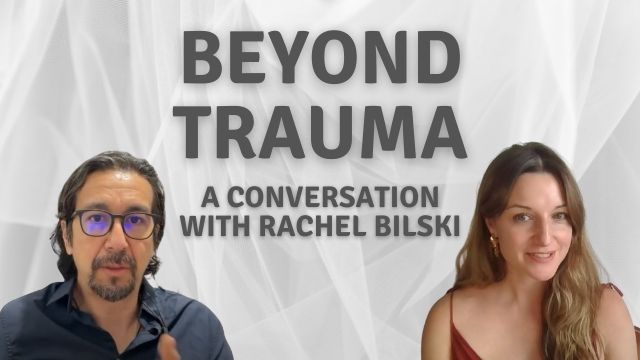In the field of psychotherapy and psychedelic integration, we are often confronted with the complexity of human suffering — not as a static diagnosis, but as a constellation of meaning, defense, and longing. One of the greatest challenges for any therapist or facilitator is knowing where to begin.
The Triangle of Strategy, Wound, and Cost is a core concept developed in the Transcendent Psychology training. It offers a systemic and integrative framework for assessing a client’s current experience and designing effective therapeutic interventions. Grounded in contemporary psychotherapeutic approaches and enriched by the wisdom of somatic and transpersonal traditions, this model helps us map the relational and intrapsychic landscape with clarity and purpose.
Over years of working with clients in retreat settings, integration sessions, and therapeutic groups, I’ve found that this model provides a vital compass. It highlights three essential dimensions that shape human experience: Strategy, Wound, and Cost. These three elements form a triangle — a dynamic structure through which we can understand how someone became who they are, what they are carrying, and how that burden is manifesting.
Strategy: The Protective Identity
The strategy is not pathology — it is intelligence. It is the belief system, the adaptive posture, the constructed sense of self that allowed the person to survive. It includes core beliefs, cognitive frames, interpersonal styles, and subtle postures of defense. It often answers the question, “Who did I have to become in order to be safe, loved, or seen?”
This aspect of the triangle can be explored using:
- Cognitive and belief-based models,
- Person-centered inquiry into congruence,
- Existential or logotherapeutic frameworks,
- Strategic therapy,
- And modern relational psychoanalysis, where we trace these adaptive patterns in real time within the therapeutic field.
Rather than pathologizing the strategy, we respect its purpose. But we also recognize its limitations. A strategy that once protected, may now isolate.
Wound: The Hidden Origin
At the heart of the suffering lies the wound — often early, often unspoken, and almost always unintegrated. This is the place where love was withheld, where safety collapsed, where the nervous system learned to tighten. The wound is where the strategy was born.
This is not simply about memory. It is about felt experience. The body remembers, even when the mind does not.
Accessing the wound often requires a shift in tempo, a turn inward, and an attuned presence. Here, modalities such as Hakomi, Somatic Experiencing, Focusing, or inner child work provide pathways into the emotional and somatic roots of the client’s suffering.
Importantly, this work does not chase catharsis. It holds space for the possibility of reconnection — of meeting the wound with the presence that was once absent.
Cost: The Visible Symptom
What brings someone to therapy or to integration is rarely the wound itself, nor the strategy. It is the cost — the symptoms, the exhaustion, the failed relationships, the panic, the numbness, the existential despair.
This is where suffering becomes visible. And yet, symptoms are often misunderstood. They are not just problems to be solved, but signals of deeper disconnection.
The cost is the cumulative toll of living from a place of adaptation rather than authenticity. It includes emotional pain, relational rupture, loss of purpose, and even physical illness. Naming the cost is an act of respect — an acknowledgment that the person has paid dearly to maintain the strategy.
Framing the Process
As therapists and facilitators, we often ask ourselves: Where do I begin? The triangle provides an answer. We can choose to frame the session from any of the three dimensions:
- Start from the cost, to provide relief and legitimacy to the suffering.
- Enter through the strategy, to gently question the identity the client has outgrown.
- Or begin at the wound, if safety and trust are already established.
No entry point is better than another. What matters is the therapist’s attunement and the capacity to hold all three dimensions in awareness.
Integration as Reconnection
In the context of psychedelic work, this model becomes even more essential. Expanded states of consciousness often bypass the strategy, reveal the wound, and exacerbate the cost — all in a single night. Without a coherent frame, integration can become a disorienting experience.
By orienting our work within the triangle, we offer clients a map. Not a fixed route, but a meaningful territory. We help them see their suffering not as disorder, but as the story of their adaptation — and the invitation to transform it.
This model is not a rigid protocol. It is a living framework, one that continues to evolve in dialogue with practice, presence, and the mystery of the human experience.
If this resonates with you, I’d love to hear how you frame your own process as a therapist or integrator. Which of the three dimensions tends to show up first in your work? And where do you sense the greatest invitation for healing?

